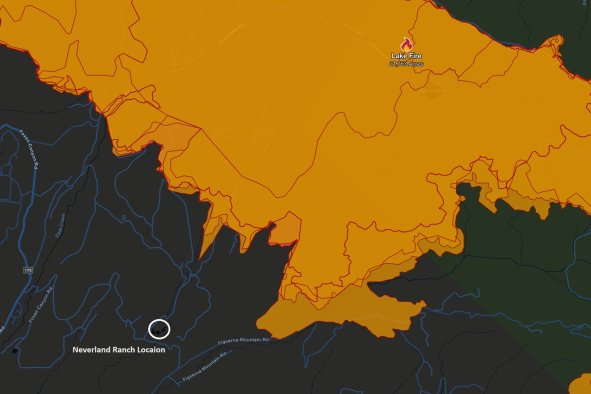The United States has seen its first local extinction due to rising sea levels, researchers have warned.
The Key Largo tree cactus, once a rare but notable part of Florida's biodiversity, has succumbed to increasing environmental stresses and no longer exists on American soil, new research published in the Journal of the Botanical Research Institute of Texas shows.
Once reaching a height of 20 feet, the plant was revered by environmentalists for its furry exterior and garlicky-smelling flowers that reflected moonlight. Since 2021, it has been reduced from 150 stems to "six ailing fragments."
The team at the Fairchild Tropical Botanic Garden, Coral Gables, tried to ensure the survival of these remains by moving them off-site to cultivate them, with little success.
Environmental factors such as high tides and freshwater depletion from rising sea levels have ensured that the path to progress remains a conservationist's nightmare.
"We are on the front lines of biodiversity loss," study co-author George Gann, executive director for the Institute for Regional Conservation, said in a statement.
"Our research in South Florida over the past 25 years shows that more than one-in-four native plant species are critically threatened with regional extinction or are already extirpated due to habitat loss, over collecting, invasive species and other drivers of degradation. More than 50 are already gone, including four global extinctions."
East of the Mississippi River, Florida has the highest cactus diversity in the U.S., though all but one are registered as threatened or endangered by the state.
Most of the Key Largo's historic degradation can be attributed to an influx of development, where hurricanes also played a role. For a long while, it had placed the plant at G1—"critically imperiled"—the most severe placement among all heritage ranks. Sea levels along the Florida coast rising by as much as 8 inches since 1950 presented a new set of challenges for the Key Largo to succumb to.
"Unfortunately, the Key Largo tree cactus may be a bellwether for how other low-lying coastal plants will respond to climate change," said Jennifer Possley, director of regional conservation at Fairchild Tropical Botanic Garden and lead author of the study documenting the plant's decline, in a statement.
The plant was first discovered in the state deep within an isolated mangrove forest in 1992. For a period of time, it was considered to be a unique variation of the Key Tree cactus, described by the Centre for Plant Conservation as "unlike any other plant in Florida," another towering desert flora that is also federally endangered.
In addition to being similar in height, both plants attract birds during the day due to their fruit and bats throughout the night because of their flowers. The distinction lies in the Key Largo's striking tufts of hair and larger spines. Both species were regularly monitored as separate entities until habitat changes led to concerns for the latter.
"We noticed the first big problem in 2015," said study co-author James Lange, a research botanist at Fairchild.
He and his colleagues surveyed cactus numbers that year, only to find the population had halved. Along with the aforementioned factors, rising temperatures led to animals resorting to using the plants as a water source to mitigate the dryness of the land around them and the water scarcity that comes as a result.
He says this was predicated by an influx of saltwater flooding that prevented small mammals from obtaining fresh water.
"We'd never seen cactus herbivory like this anywhere in the Lower Keys, where flooding has tended to be less extensive," Lange said.
Remarkably, the Key Largo tree cactus still grows across parts of the Caribbean, spanning the Bahamas and parts of Northern Cuba. Population drops as severe as the one that has taken place in Florida mean the cacti's perpetuity is not guaranteed.
Do you have a tip on a science story that Newsweek should be covering? Do you have a question about conservation? Let us know via science@newsweek.com.
Disclaimer: The copyright of this article belongs to the original author. Reposting this article is solely for the purpose of information dissemination and does not constitute any investment advice. If there is any infringement, please contact us immediately. We will make corrections or deletions as necessary. Thank you.




